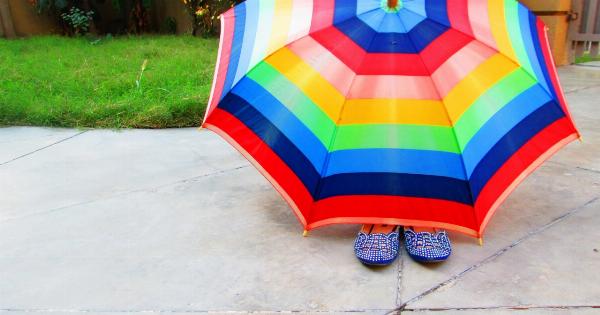There is no denying the importance of protecting your skin from the harmful effects of excessive sun exposure. Skin cancer, the most common type of cancer in the world, is primarily caused by overexposure to ultraviolet (UV) radiation from the sun.
One of the most common methods of protecting the skin from UV radiation is by using sunscreen. But what exactly is sunscreen, how does it work, and what are the best ways to use it?.
What is Sunscreen?
Sunscreen, also known as sunblock or suntan lotion, is a type of topical cream or lotion that is applied to the skin to absorb or reflect some of the sun’s UV radiation.
Sunscreen can come in different forms, such as lotions, sprays, gels, and sticks, and can have different sun protection factor (SPF) levels that indicate how well the sunscreen blocks UV rays.
How Does Sunscreen Work?
Sunscreen works by either absorbing or reflecting UV radiation that would otherwise penetrate the skin and cause damage. Sunscreen ingredients can be organic (carbon-based) or inorganic (metal-based) and work in different ways:.
- Organic ingredients: such as oxybenzone, avobenzone, octinoxate, and octocrylene, absorb UV radiation and convert it into heat energy, which is then released from the skin.
- Inorganic ingredients: such as titanium dioxide and zinc oxide, reflect and scatter UV radiation like a mirror, preventing it from reaching the skin.
What is SPF and How Does It Work?
SPF stands for “sun protection factor” and is a measure of how well a sunscreen can protect the skin from UVB radiation. UVB radiation is responsible for sunburn and contributes to the development of skin cancer.
The higher the SPF level of a sunscreen, the more protection it provides against UVB radiation.
However, it’s important to note that SPF only measures protection against UVB rays, not UVA rays.
UVA rays can also cause skin damage and contribute to skin cancer, so it’s important to look for sunscreens that offer broad-spectrum protection against both UVB and UVA rays.
How Much Sunscreen Should You Use?
The amount of sunscreen you need to use depends on your body size and the area of the body being covered. As a general rule, dermatologists recommend using at least one ounce (about a shot glass full) of sunscreen to cover your entire body.
For the face, a nickel-sized amount is recommended.
It’s also important to reapply sunscreen every two hours or after swimming or sweating, even if the sunscreen claims to be “water-resistant.”.
What are the Best Ways to Use Sunscreen?
Here are some tips for using sunscreen effectively:.
- Apply sunscreen generously: It’s better to use too much sunscreen than too little, so don’t be afraid to slather it on.
- Apply sunscreen 30 minutes before going outside: This allows the sunscreen to fully absorb into the skin before being exposed to the sun.
- Reapply sunscreen every two hours: Even if the sunscreen claims to be “water-resistant,” it’s still important to reapply regularly.
- Use a higher SPF for extended outdoor activities: If you plan on spending extended periods of time outdoors, such as at the beach or hiking, consider using a sunscreen with an SPF of 30 or higher.
- Wear protective clothing: In addition to sunscreen, wearing clothing that covers the skin can also help protect against UV radiation. Look for clothing with a UPF (ultraviolet protection factor) rating for added protection.
Conclusion
Sunscreen is an essential tool for protecting your skin from the harmful effects of UV radiation and preventing skin cancer. When used properly, sunscreen can help reduce the risk of sunburn, premature aging, and skin cancer.
Remember to use sunscreen generously, reapply regularly, and wear protective clothing to maximize your skin protection.
























